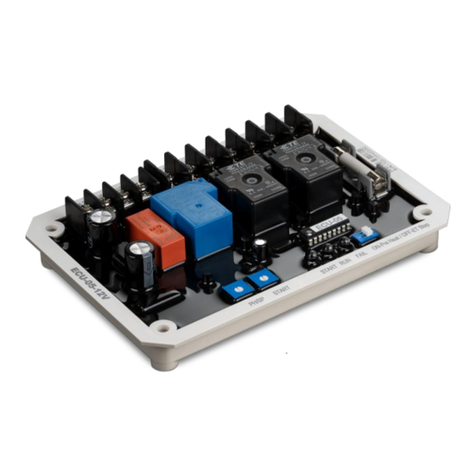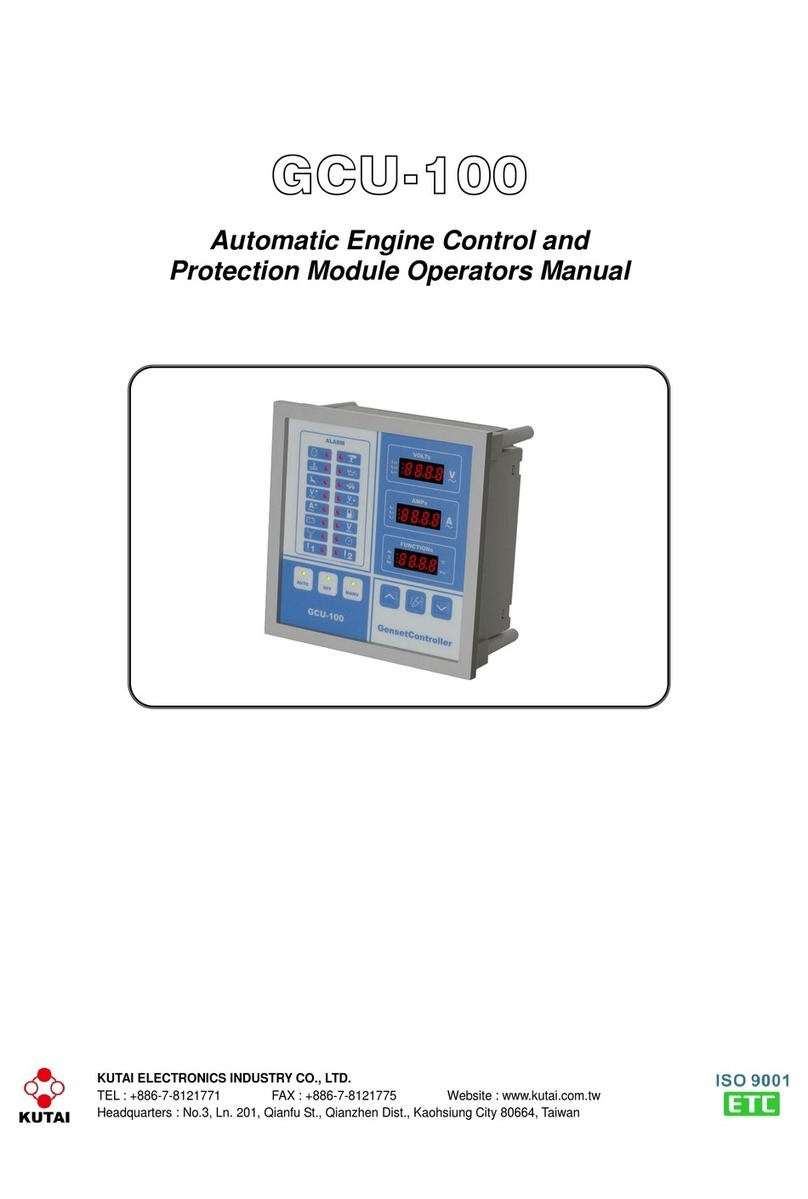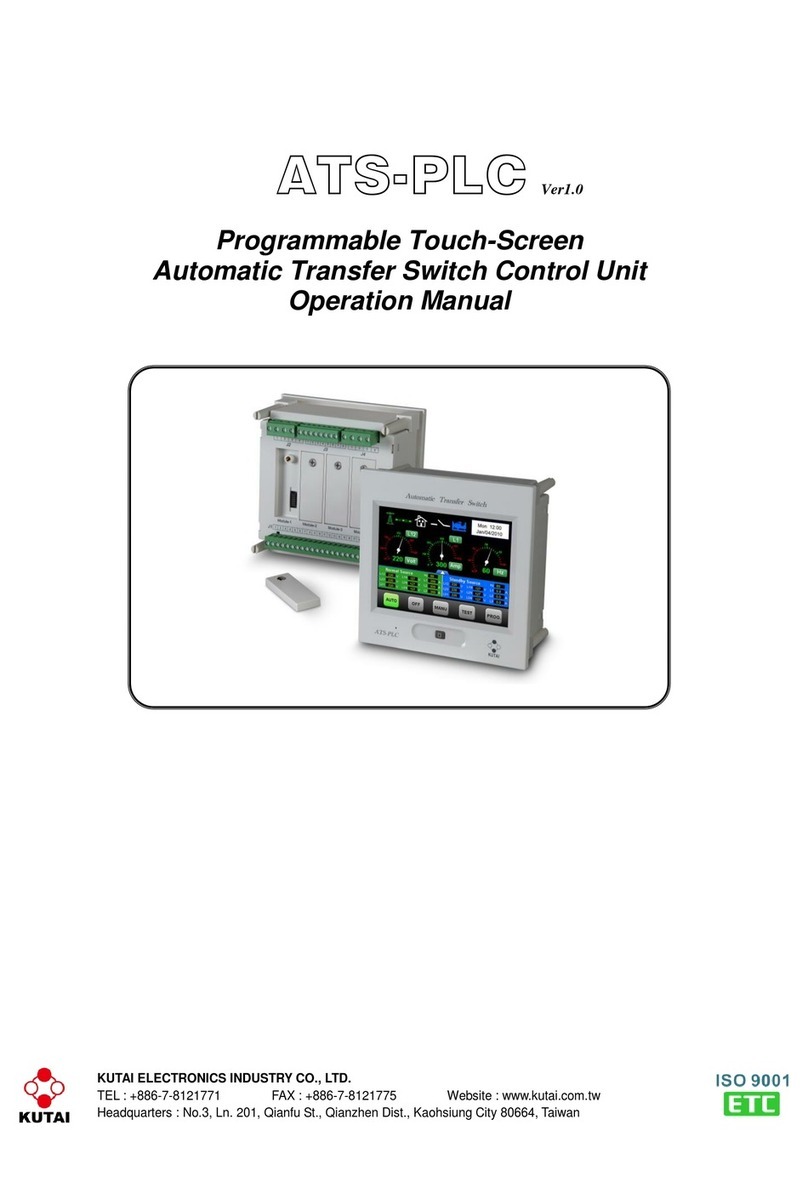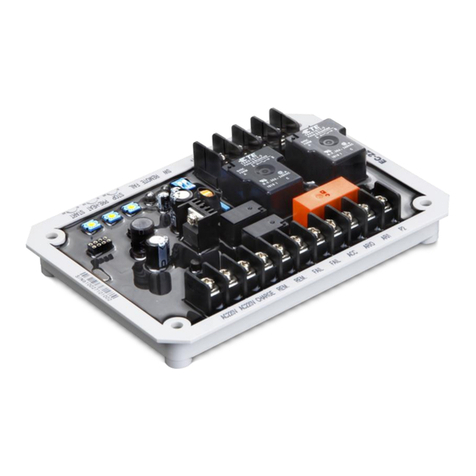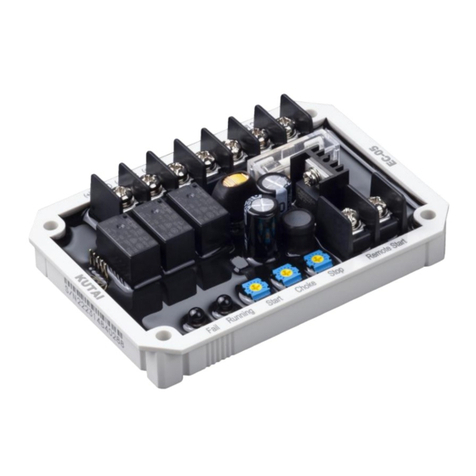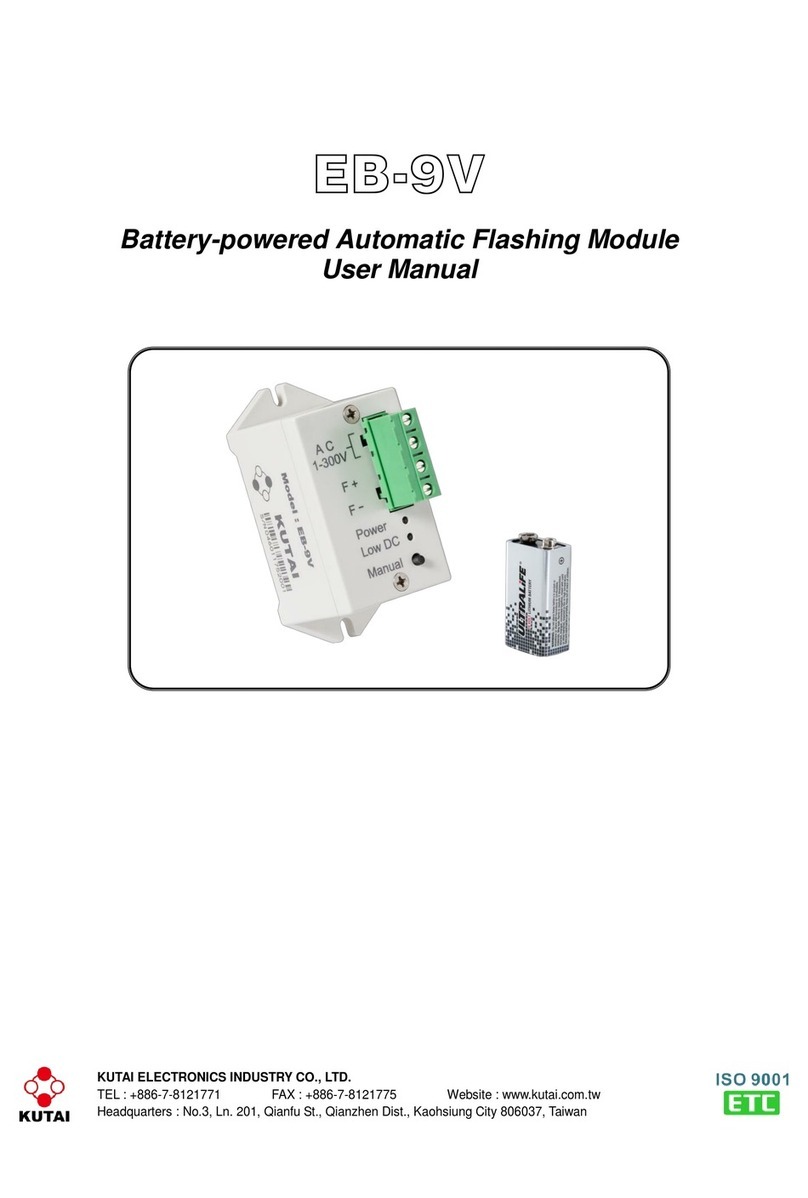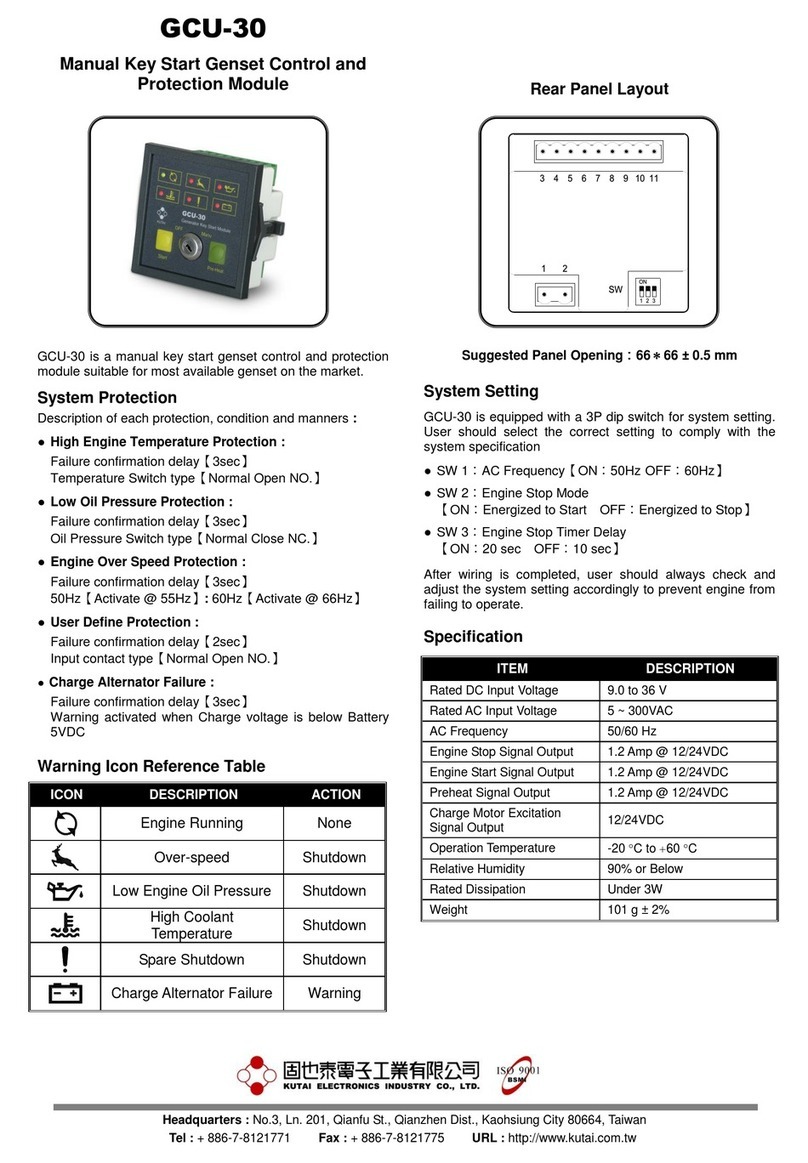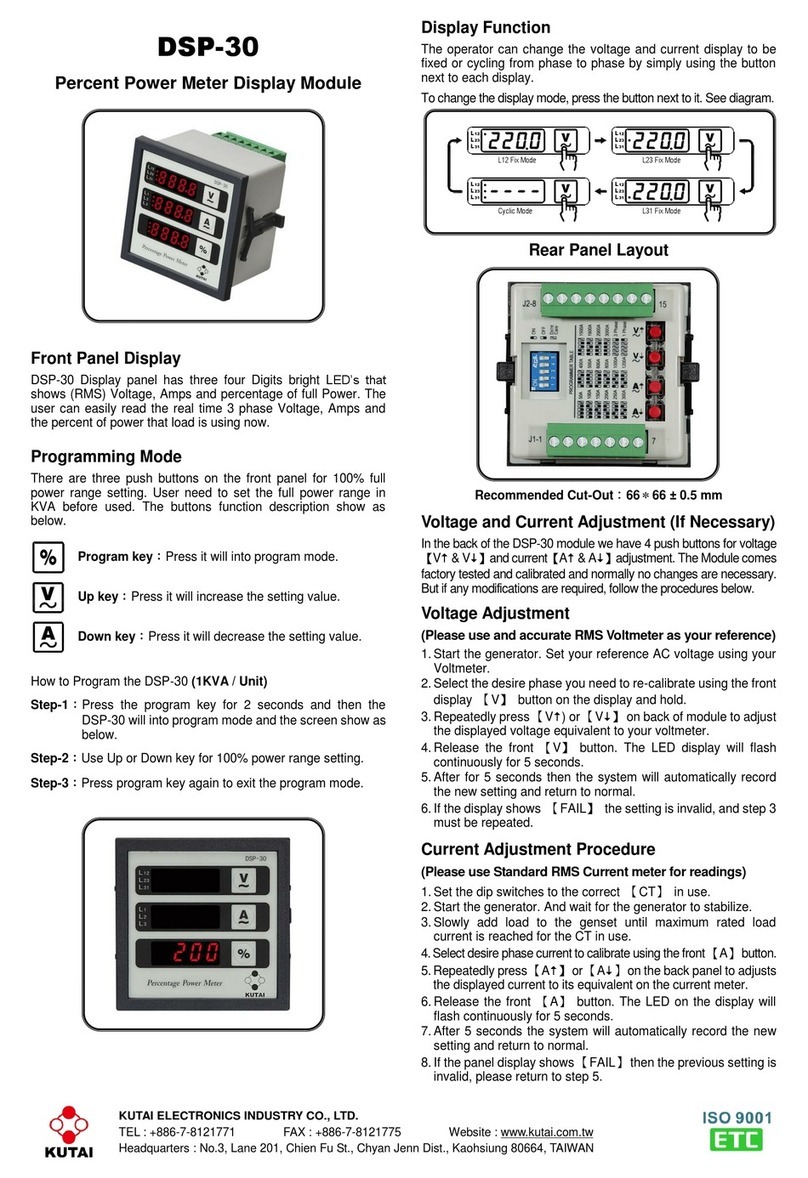ATS-380 Automatic Transfer Switch
______________________________________________________________________________________
3
SECTION 1 : INTRODUCTION
1.1 Preliminary Comments and Safety
Precautions
This technical document is intended to cover most
aspects associated with the installation, application,
operation and maintenance of the ATS-380
Automatic Transfer Switch Controller. It is provided
as a guide for authorized and qualified personnel
application of the ATS-380 Automatic Transfer
Switch Controller.
1.2 Overview
Transfer switches are used to protect critical
electrical loads against loss of power. The load's
normal power source is backed up by a standby
(emergency) power source. A transfer switch is
connected to both the normal and emergency
sources and supplies the load with power from one
of these two sources. In the event that power is lost
from the normal source, the transfer switch transfers
the load to the standby source. Once normal power
is restored, the load was transferred back to the
normal power source.
When using the ATS-380 module in automatic
transfer switch equipment, the switch's intelligence
system initiates the transfer when normal power
falls below or over a preset voltage or frequency. If
the emergency source is a standby generator, the
transfer switch initiates generator starting and
transfers to the standby source when sufficient
generator voltage and frequency is available. When
normal power is restored, the transfer switch
automatically transfers back and initiates engine
shutdown after a preset engine cooling down time
delay.
An automatic transfer switch consists of three basic
elements:
1. Main contacts to connect and disconnect the load
to the source of power.
2. A transfer mechanism to affect the transfer of the
main contacts from one source to another source.
3. Intelligence control unit to constantly monitor the
condition of the power sources and thus provide
the intelligence necessary for the switch and
related circuit operation.
This manual deals with the third basic element of
the automatic transfer switch, the required
intelligence automatic control module. All the
Automatic Transfer Switch functions were
performed by a door mounted logic panel ATS-380
control unit. The ATS-380 logic panel brings
intelligence, supervisory and programmable
capabilities to automatic transfer switch equipment.
1.3 Product Overview
The ATS-380 Automatic Transfer Switch control
module is an intelligence, comprehensive,
multi-function, microprocessor based automatic
transfer switch controller. It is a compact panel
mounted device designed to replace traditional relay
and solid state logic panels and meet the needs of
markets worldwide.
The ATS-380 controller provides an unmatched
degree of programmed flexibility to address the
needs of most switches system. It can be
programmed for 3Ø and 1Ø system operation.
( Refer to program line 2.)
The ATS-380 controller provides the necessary
intelligence to insure that the switch operates
properly through a series of programmed sensing
and timing functions. The ATS-380 controller will :
●Monitor Normal and Standby source over and
under voltages.
●Monitor Normal and Standby source over and
under frequencies.
●Permit customer programming display real time
information.
●Permit customer programming cyclic mode or fix
mode display for 3 phase voltages and frequency.
( Refer to program line 29.)
●Permit system testing the transfer switch
with/without load from front panel. ( Refer to
program line 4.)
●Store customer / factory established parameters
in memory without losing.
